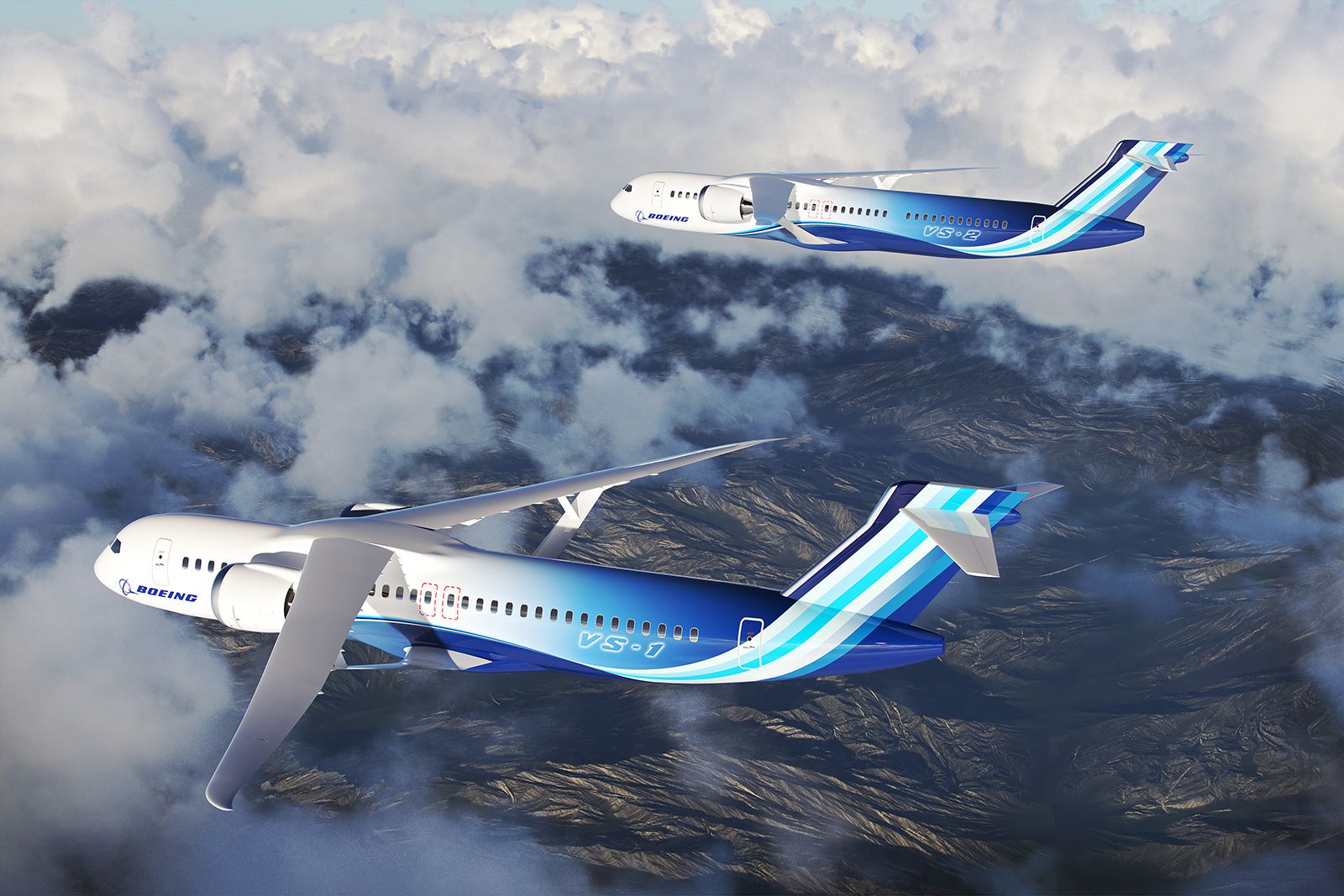
Aircraft design is a fascinating blend of science, engineering, and creativity. Ever wondered how these incredible machines take to the skies? Aerodynamics plays a crucial role, shaping the aircraft to slice through the air efficiently. Materials matter too; lightweight yet strong components like aluminum and composites are key. Engines provide the thrust needed to lift off, while wings generate the necessary lift. Inside, the cockpit is a hub of advanced technology, guiding pilots through complex skies. Safety features, from reinforced structures to advanced avionics, ensure every flight is secure. Ready to learn more? Let's dive into the world of aircraft design!
Key Takeaways:
- Aircraft design has evolved significantly since the Wright brothers' first flight, with innovations like jet engines, composite materials, and fly-by-wire systems shaping safer and more efficient planes.
- Aerodynamics plays a crucial role in aircraft design, with features like winglets, laminar flow, and the area rule contributing to more efficient and faster planes. Exciting innovations like the blended wing body and electric propulsion are shaping the future of aviation.
The Evolution of Aircraft Design
Aircraft design has come a long way since the Wright brothers' first flight. Engineers and designers continuously push the boundaries to create safer, faster, and more efficient planes. Here are some fascinating facts about the evolution of aircraft design.
-
First Powered Flight: The Wright brothers achieved the first powered flight on December 17, 1903. Their aircraft, the Wright Flyer, flew for 12 seconds and covered 120 feet.
-
Jet Engines: Frank Whittle, a British engineer, and Hans von Ohain, a German physicist, independently developed the jet engine in the late 1930s. Jet engines revolutionized air travel by allowing planes to fly faster and higher.
-
Swept Wings: Introduced during World War II, swept wings reduce drag at high speeds, making aircraft more efficient. This design is now standard in most modern jets.
-
Fly-by-Wire Systems: Introduced in the 1970s, fly-by-wire systems replace traditional manual flight controls with electronic interfaces. This technology improves safety and allows for more precise control.
-
Composite Materials: Modern aircraft use composite materials like carbon fiber to reduce weight and increase fuel efficiency. The Boeing 787 Dreamliner, for example, is made of 50% composite materials.
Aerodynamics and Efficiency
Aerodynamics plays a crucial role in aircraft design. Engineers strive to create shapes that minimize drag and maximize lift, leading to more efficient and faster planes. Here are some key facts about aerodynamics in aircraft design.
-
Winglets: Winglets are small vertical extensions at the tips of wings. They reduce drag and improve fuel efficiency by minimizing the vortex created by the wingtip.
-
Laminar Flow: Laminar flow refers to the smooth, uninterrupted flow of air over the aircraft's surface. Maintaining laminar flow reduces drag and increases efficiency. Designers use special coatings and shapes to achieve this.
-
Area Rule: The area rule, discovered by Richard Whitcomb in the 1950s, states that an aircraft's cross-sectional area should change smoothly to minimize drag. This principle led to the distinctive "wasp-waist" shape of supersonic jets.
Innovations in Aircraft Design
Innovations in aircraft design continue to shape the future of aviation. From new materials to advanced technologies, these innovations aim to make air travel safer, more efficient, and more environmentally friendly.
-
Blended Wing Body: The blended wing body (BWB) design merges the wings and fuselage into a single structure. This design improves aerodynamic efficiency and reduces fuel consumption. NASA and Boeing are actively researching BWB concepts.
-
Electric Propulsion: Electric propulsion systems are being developed to reduce emissions and noise. Companies like Airbus and NASA are working on electric aircraft prototypes, which could revolutionize short-haul flights.
Aircraft design is a constantly evolving field, driven by the need for better performance, safety, and efficiency. These facts highlight the incredible advancements made over the years and hint at the exciting future of aviation.
Final Thoughts on Aircraft Design
Aircraft design is a fascinating blend of science, engineering, and art. From the sleek lines of a fighter jet to the massive wingspan of a commercial airliner, every detail matters. Understanding aerodynamics, materials, and technology helps create safer, more efficient planes. The history of aircraft design shows incredible progress, from the Wright brothers' first flight to today's advanced jets. Innovation continues to drive the industry forward, with new materials and technologies constantly being developed. Whether you're an aviation enthusiast or just curious, knowing these facts can deepen your appreciation for the marvels of modern aviation. So next time you see a plane soaring overhead, remember the incredible design and engineering that makes it all possible. Keep exploring, keep learning, and who knows, maybe you'll be inspired to contribute to the next big breakthrough in aircraft design.
Frequently Asked Questions
Was this page helpful?
Our commitment to delivering trustworthy and engaging content is at the heart of what we do. Each fact on our site is contributed by real users like you, bringing a wealth of diverse insights and information. To ensure the highest standards of accuracy and reliability, our dedicated editors meticulously review each submission. This process guarantees that the facts we share are not only fascinating but also credible. Trust in our commitment to quality and authenticity as you explore and learn with us.


